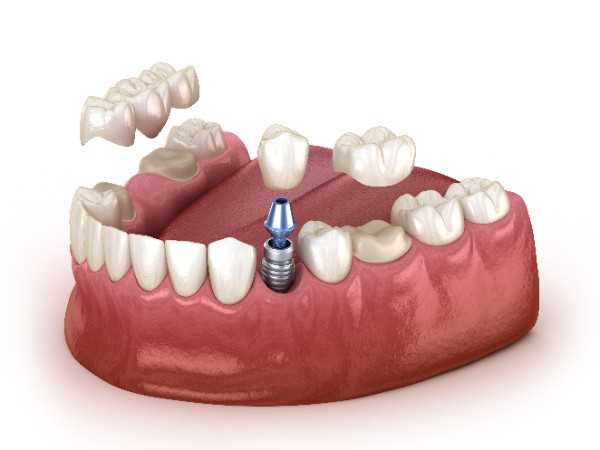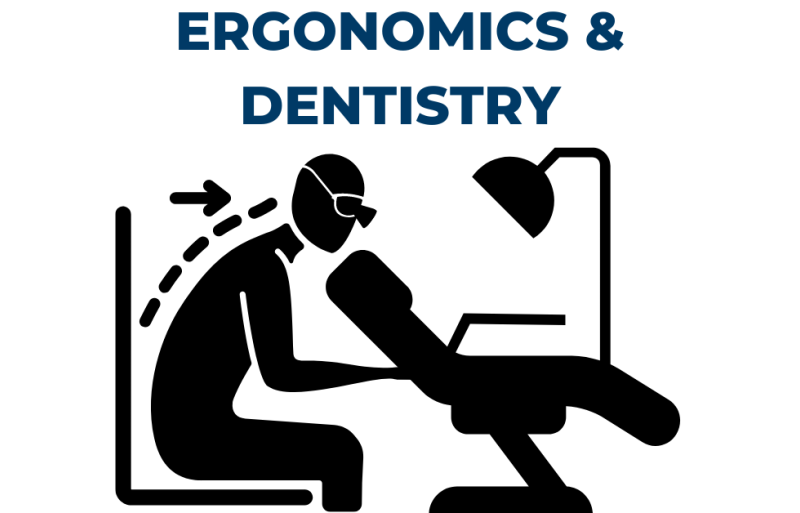Good oral health isn’t just about brushing and flossing — sometimes, it’s the little habits that make a big difference. One of those habits? Chewing sugar-free gum. Often overlooked, this simple action can have surprising benefits for your teeth and gums. It’s not about replacing your dental routine, but rather supporting it with an easy, on-the-go option that works quietly to protect your smile.
Why Sugar-Free Gum Works

Stimulating Saliva Production
Saliva plays a vital role in oral health. It helps neutralise acids, wash away food particles, and strengthen enamel with minerals like calcium and phosphate. Chewing sugar-free gum increases saliva flow, which is especially helpful after meals when acid levels in your mouth are at their highest.
Patients considering dental implants Hampshire may find increased saliva particularly helpful, as a healthy mouth environment is key to supporting the long-term success of implant procedures.
Combatting Dry Mouth
Dry mouth, or xerostomia, can lead to a higher risk of tooth decay and gum disease. Sugar-free gum can help alleviate this condition by keeping your mouth moist, which also improves comfort and reduces bad breath.
Those undergoing invisalign Hampshire treatment may experience temporary dry mouth due to aligner use, and chewing gum (as long as it’s removed during wear) can assist in improving moisture levels between sessions.
Ingredients That Make a Difference
Sugar-free gums are sweetened using sugar substitutes that don’t fuel harmful bacteria. One of the most well-researched is xylitol.
What Is Xylitol?
Xylitol is a natural sugar alcohol found in many fruits and vegetables. It’s sweet like sugar, but doesn’t break down in the mouth the same way. It helps reduce the amount of decay-causing bacteria by starving them of their primary fuel.
| Sweetener | Effect on Teeth | Common Use |
| Xylitol | Inhibits bacteria and reduces acid levels | Sugar-free gums, mints |
| Sorbitol | Less effective than xylitol, still tooth-safe | Diet drinks, gums |
| Aspartame | Neutral effect on teeth, mainly for flavour | Diet drinks, sweets |
Note: Always check labels, as not all sugar-free gums contain xylitol.
Gum and Daily Oral Care
After Meals
Chewing sugar-free gum for 20 minutes after meals can help reduce plaque and food debris. It’s especially useful when brushing isn’t an option, like at work, school, or after a meal out.
Adults using invisalign Hampshire may benefit from chewing gum between meals (when trays are removed), as it helps reduce trapped food particles and acid build-up.
Before Bed: Not Recommended
Avoid chewing gum at night or while sleeping. Saliva flow naturally decreases during sleep, and any residual gum can become a choking hazard or irritant.
Not a Substitute for Brushing
While sugar-free gum supports oral health, it doesn’t replace brushing twice a day with fluoride toothpaste or flossing. Think of it as a supportive extra, not a stand-alone solution.
Benefits for Orthodontic and Implant Patients
Supporting Aligner Treatment
If you’re using invisalign Hampshire aligners, your teeth and gums may be more sensitive to changes in your mouth’s pH. Chewing sugar-free gum helps create a healthier environment between aligner wear.
Just remember: never chew gum with aligners in — remove them first to avoid damaging the trays.
Prepping for Dental Implants
Patients preparing for dental implants Hampshire need optimal gum and bone health. A clean, balanced mouth supports healing and implant integration. Using sugar-free gum can reduce plaque and help maintain a healthier environment during the preparatory phase.
Common Misconceptions
“Chewing Gum Causes Jaw Problems”
Chewing excessively or for long periods can strain the jaw, but moderate use — 10 to 20 minutes after meals — is considered safe for most people. If you have TMJ issues or experience discomfort, consult your dentist.
“All Gums Are Created Equal”
Only sugar-free gums provide dental benefits. Traditional gums with sugar can actually increase the risk of decay, as they coat the teeth in a sugary film.
“It Replaces Brushing”
Gum supports your routine but isn’t a replacement for brushing and flossing. Fluoride toothpaste and proper brushing technique are essential.
Making the Most of Sugar-Free Gum
Tips for Effective Use
- Choose wisely: Not all sugar-free gums offer the same benefits. Opt for brands that list xylitol as a key ingredient, as it actively helps reduce cavity-causing bacteria. Always check the label to avoid hidden sugars that can do more harm than good.
- Chew after meals: Chewing sugar-free gum for around 20 minutes after eating boosts saliva production, which helps neutralise harmful acids and wash away food particles. It’s especially helpful when brushing isn’t immediately possible.
- Don’t overdo it: While sugar-free gum has its benefits, excessive chewing can lead to jaw discomfort or tension. Stick to 2–3 chewing sessions per day for optimal results without straining your jaw muscles.
- Store smartly: Keeping gum readily available — in your bag, desk, or car — makes it easier to incorporate into your routine. A handy pack ensures you’re always prepared to freshen your mouth and support your smile after meals.
When to Avoid Gum

- During aligner wear (e.g. invisalign Hampshire): Chewing gum while wearing aligners like invisalign Hampshire can damage the trays or cause them to become misshapen. Gum may also stick to the plastic, making it hard to clean and compromising your treatment. Always remove aligners before chewing.
- If you have jaw pain or TMJ issues: Gum chewing can strain the jaw and worsen symptoms in those with temporomandibular joint (TMJ) disorders. If you experience clicking, discomfort, or tightness in your jaw, it’s best to avoid gum and consult your dentist for advice.
- If your dentist advises against it due to dental appliances or restorations: Certain dental work, like crowns, bridges, or dental implants Hampshire, may not pair well with regular gum chewing. Sticky gum could dislodge temporary restorations or irritate healing tissues, so always follow your dentist’s guidance.
A Note for Parents
Children can also benefit from sugar-free gum, particularly if brushing after lunch at school isn’t possible. However, it’s best for children over the age of seven and only when they can be trusted not to swallow it. Choose gums with the British Dental Health Foundation’s “Approved” logo for peace of mind.
Conclusion
Sugar-free gum is more than just a breath freshener — it’s a simple, affordable way to support better oral health every day. Whether you’re managing aligner care or preparing for implants, chewing the right gum at the right time can make a noticeable difference to your smile. For more advice tailored to your needs, Smilo Dental Implants Group is here to guide your dental care journey with practical support you can trust.



